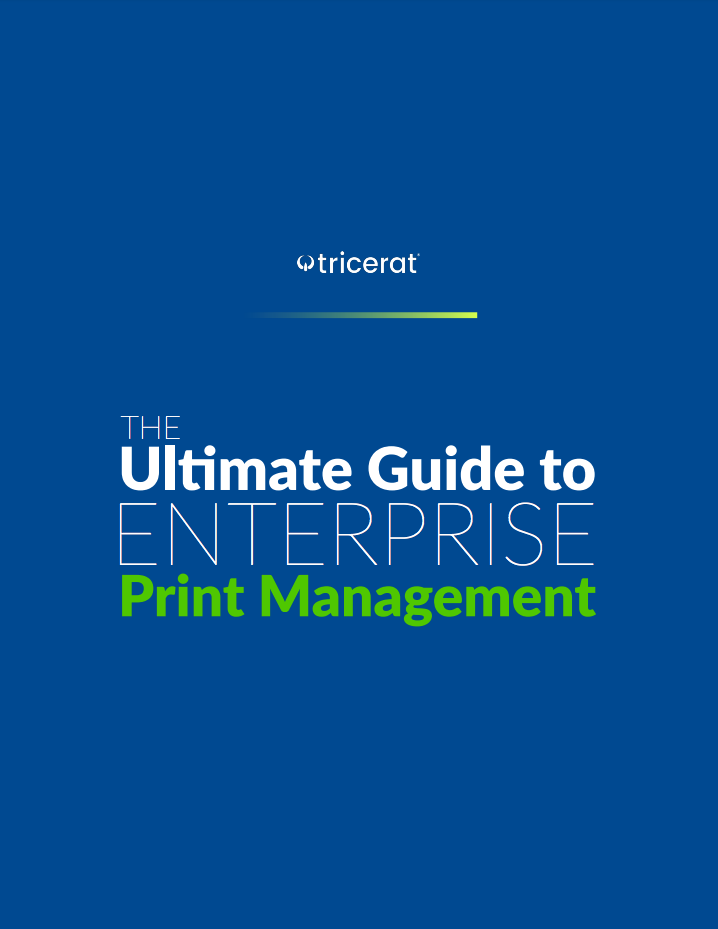Microsoft recently announced a new cloud-based print service known as Universal Print. This is an Azure service aimed at bringing Windows Server print functionality to the cloud. For organizations that are primarily using cloud services, a challenge can be the need to run a Windows Print Server on-prem and manage the required connections in a hybrid setup. And for users expecting resources available from anywhere, a cloud service can seamlessly discover and connect printers for cloud-connected devices from any location.
With this service, Administrators can replicate the functionality of traditional print servers without having local hardware, networking, or licenses. The setup can be streamlined, and the same management features are still in place. Since it is cloud-based, the service integrates directly with Azure Active Directory and gives print access to all other cloud-connected services and devices.
For Administrators trying to determine how this will affect their workflows, and their user's workflows, it’s important to understand the limitations of this service. Based on the information available so far, this solution is primarily a print server replacement. When Administrators connect printers to this service, through either a client that is built into the printer, or a software connector, they can share those printers out to users on Azure AD. Users can then discover printers through the printer search and add them to their desktop. There may be a time where printers can be managed through Microsoft Intune or a similar service, but that essentially forces admins to the previous way of assigning printers out to users.
This service is also very cloud-centric, as is implied by the name. It is not very flexible or robust, and is more of a native printing features enhancement than a service for extending printing in VDI or other virtual apps and desktops.
MicrosoftUniversal Print is a good solution for traditional print management, assuming organizations have compatible printers, are tied into AAD, and are just using standard desktop printing. It’s not a comprehensive print management solution or one that bridges across different platform and application delivery technologies.
Tricerat’s software allows much easier and more robust assignments to users and devices. The Tricerat virtual driver provides much higher value-add in those scenarios, particularly whenAdministrators are connecting client printers or managing printers based on a user connecting from different locations. Users will dynamically receive the right printer for their user and location upon first login, without any additional interaction.
When the user does need to change printers, Tricerat offers a variety of options to make the process easy. Using the self-service application, users can find available printers by filtering a list or from a building map. Help desk staff can quickly modify user printer assignments with an efficient drag-and-drop interface, maximizing administrator and user productivity.
When it comes to virtual environments, the Tricerat virtual driver is purpose-built for remote desktop connectivity and all VDI scenarios.A virtual driver is the best performance option during login of non-persistent VDI, and users’ printers will dynamically update when connecting from different clients. Overall, Tricerat offers a robust print management solution that provides Administrators with the flexible tools they need, regardless of environment or device.
